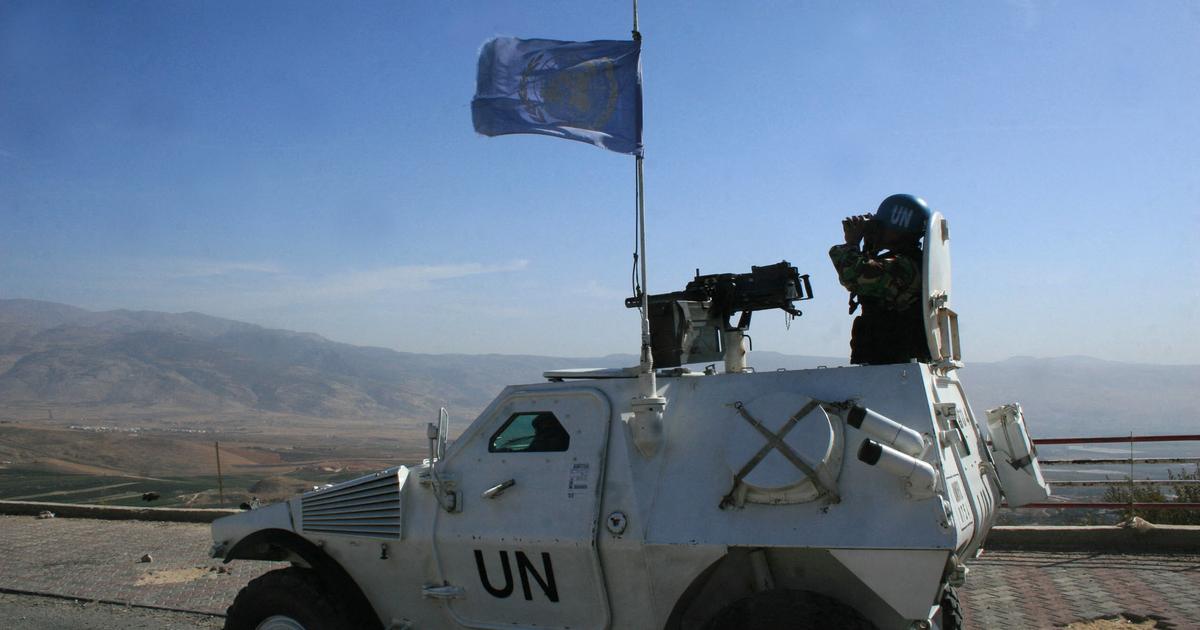Videos of the explosion went around the world in a few hours on Tuesday evening. Each time, we find the same unfolding: a column of dense and whitish smoke rising from the port of Beirut, then, suddenly, in the space of two seconds, an enormous explosion, a gigantic ball of condensation which leaves room for a cloud of reddish smoke in the shape of a mushroom. A few more seconds, and it's the deafening "Bang", the shock wave reaches the author of the video.
Lebanon: two strong explosions shake Beirut, dead and thousands injured
In the aftermath of the disaster which left dozens of dead, more than 4,000 injured and 300,000 homeless, and while the trail of an accidental explosion of ammonium nitrate seems privileged, we asked several experts to 'analyze, second by second, this terrifying sequence. All confirm that "it is an explosion that is out of the ordinary and that it is not common to see. "
1. The fire
At the beginning of the video, we see a building in a port environment in flames. Thick white smoke escapes. The presence of "salt air can worsen corrosion phenomena on electrical or other connections," warns François Perbet, fire expert.
“There were certainly other materials there, which may explain the first outbreak of fire with the mini-explosions. But it is still difficult to be sure because we do not know what exactly was inside, ”warns François Perbet.
For Romain Amisse, post-fire expert, these little firecrackers “are compatible with a fireworks storage hypothesis. But he too, warns that we have no more information for the moment.
3. The fireball
It is not necessarily visible at first viewing but an explosion of exceptional magnitude suddenly follows the little ones. We see it in the capture below. "Here we are not on a gas cylinder or an exploding truck ... We can see that the flame front is not that big, but the wave front (Editor's note: the breath) has ravaged entire structures. I let you imagine its power to the point of twisting the elements of the buildings all around ”explains Christophe Carnazzi, firefighter and legal expert specializing in fire and explosion.
5. The condensation cloud
This is undoubtedly one of the most impressive moments of the sequence: less than a second after the detonation, a gigantic bubble several hundred meters high suddenly envelops the scene, before evaporating.
7. The shock wave, the "bang", and the desolation
At the same time as the cloud swells, we can see in the videos a front of flames which moves quickly and "which therefore creates a much more devastating shock wave on humans and structures", according to François Perbet, fire expert. Since the speed of light is faster than the speed of sound, the bang happens a little after the explosion.
This shock wave will propagate homogeneously from the epicenter of the explosion, destroying the structures in its path. The explosions were so powerful that they were recorded by the sensors of the American Institute of Geophysics (USGS) as a magnitude 3.3 earthquake. The breath was felt as far as the island of Cyprus, more than 200 km away.
Newsletter - Most of the news
Every morning, the news seen by Le ParisienI'm registering
Your email address is collected by Le Parisien to enable you to receive our news and commercial offers. Learn more
The next day, the photos show an apocalyptic scene. In the middle of the harbor is a gigantic crater formed after the explosion, showing the power of the incident.
Is ammonium nitrate a credible lead for experts? At Agence France-Presse, Professor Stewart Walker, professor at the Australian University of Flinders, confirms that in view of "the first white smoke, followed by an explosion which released a large red and brown cloud, then a white cloud in the shape of a mushroom, this indicates that the gases emitted are vapors of white ammonium nitrate, toxic nitrous oxide and water ”. For Romain Amisse, if the track of ammonium nitrate is confirmed, “it would have had to be mixed with diesel or another equivalent product. "















